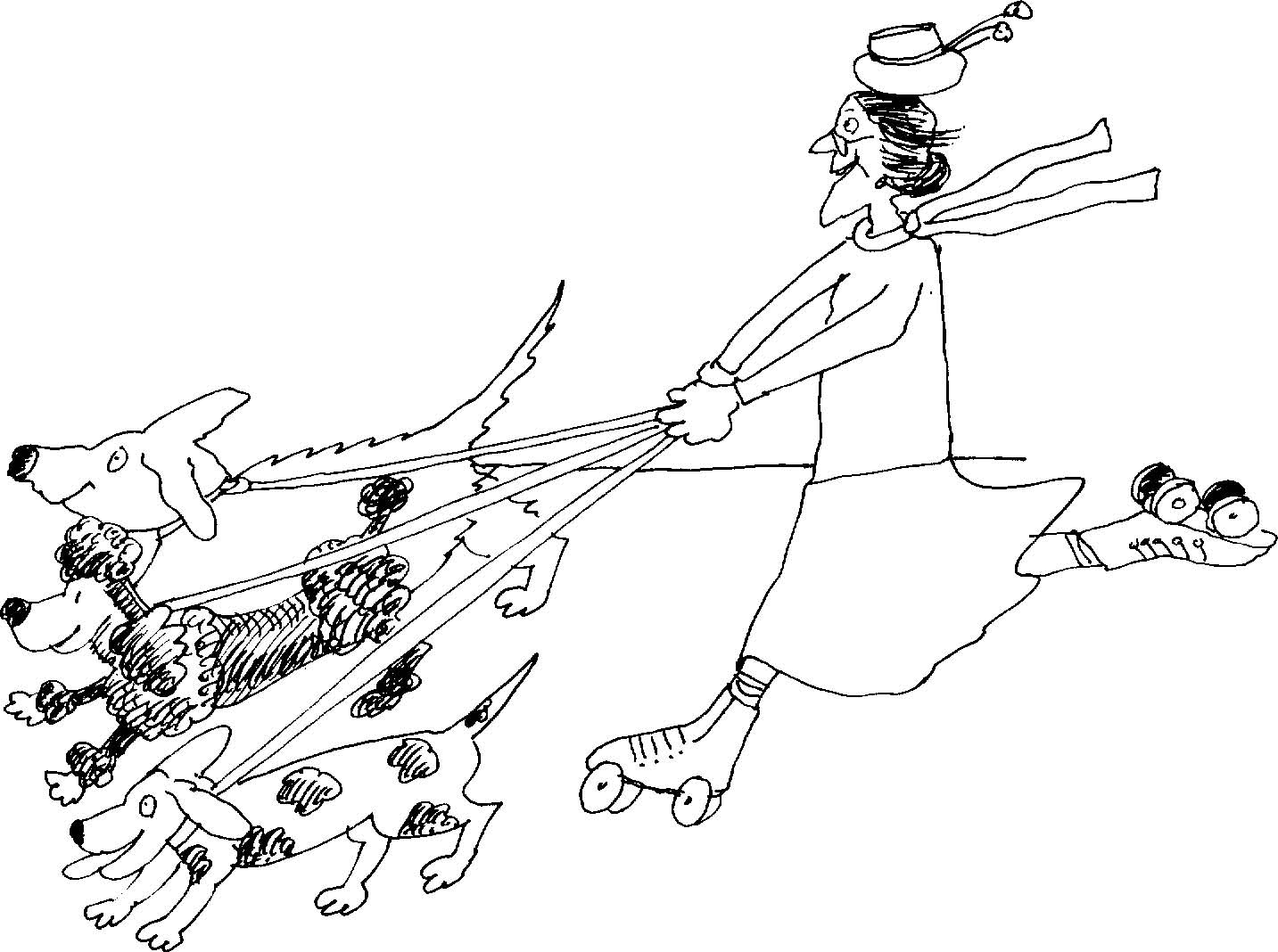Leash Laws
Whatever may be said about the affection which mankind has for a faithful companion, modern city conditions no longer permit dogs to run at large.
- CALIFORNIA COURT OF APPEAL7
Long gone from most of America are the days when you could answer a longing whine from your dog by opening the back door and letting it roam the neighborhood at will. Besides the fact that many people live in apartment buildings where back doors open onto upper-story balconies, roaming dogs are considered outlaws almost everywhere, either by state law or by city or county ordinance.
"Leash laws" generally require dogs to be on a leash and under control whenever they're off their owners' property, unless a specific area is designated for unleashed dogs. Some laws apply only at night (when dogs may form packs and do the most damage to livestock) or allow an owner to have a dog unleashed if it is under "reasonable control."8 Even dog owners who let their dogs off a leash only because they're confident they have complete control over them are probably in violation of a leash law.
The intensity of enforcement, however, varies from city to city and neighborhood to neighborhood. In many places, an owner is unlikely to be cited if the dog really is under voice control and not bothering anyone, even if in technical violation of a leash law. But in some cities, police enforce leash laws strictly, especially if they have received complaints about unleashed dogs in a certain area. Ask about the custom in your neighborhood. A police department may have adopted an informal policy of not issuing citations in the early morning if a dog is under control, but strictly enforcing the leash law in a crowded park where a surfeit of dogs have made it unpleasant or unusable for others.
Walking a Dog Off-Leash
Dog parks Across the country, dog owners' groups, frustrated by strict leash laws, are championing city parks with areas set aside just for dogs. People can turn their pets loose and then, like parents at the edge of a playground, watch, scold, and applaud the results. The idea seems to have originated in Berkeley, California, where a fenced half-acre of Ohlone Park was set aside for dogs in 1979. The Ohlone Park Dog Owners Association, now a nonprofit corporation, still oversees the park. Like other such groups, it encourages owners to clean up after their dogs and provides plastic bags near trash cans.
LAW AND ORDER IN SUBURBAN LOS ANGELES
Here's a legal interpretation problem for you: If the law requires a dog to be on a leash, does the owner have to be holding on to the other end?
Jean Bessette of Van Nuys, California, was ticketed for walking his Labrador retriever, Rex, without a leash. Bessette protested that the dog was on a leash. The problem was that Bessette wasn't holding the other end of the leash - Rex was, in his mouth.
Bessette and Rex went to court, where Rex balanced dog biscuits on his nose to show how well trained he was. The pair got off with a warning.
Dogs Running at Large
A dog running loose can be picked up and taken to the animal shelter by municipal or county animal control officers. The owner will be fined and charged for the cost of impounding the dog. (See "Impounding and Destroying Dogs," below.) If the dog is unlicensed, there will be another fine as well.
There are other risks to allowing a dog to run at large. Of course, there's the obvious danger that the dog will be hit by a car. Owners are also letting themselves in for financial liability if the dog causes trouble - bites someone or makes a bicyclist fall, for example. To take an extreme example,
in 1983, two men were severely injured when the driver of a truck in which they were riding swerved to avoid hitting a dog that had run into the road. They sued the dog's owner, and a judge awarded them $2.6 million.9 (Liability is discussed in detail in Dog Bites.)
Dogs who damage property or injure livestock while running at large may be subject to other laws - including the "shoot first, ask questions later" rule that prevails in most rural areas, allowing a farmer to kill any dog that's threatening livestock. And if a dog threatens or injures a person, it may be classified as a "vicious dog" and made subject to strict regulations (See Dangerous Dogs).

